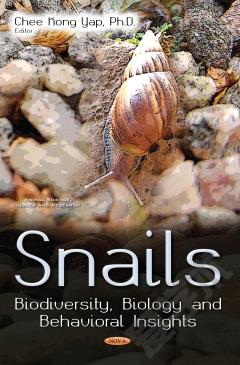Dolphins: Anatomy, Behavior and Threats
This book presents a review of recent advances in cell biology, biochemistry and functional genomics of the dolphin using biological fluids, tissues or cell lines in an effort to further our understanding of dolphins and their responses to a changing environment. Dolphins can produce a wide repertoire of sounds: impulsive (high frequency) sounds, also involved in echolocation mechanism, percussive sounds and modulated sounds, usually called whistles. The authors of this book examine the function of modulated signals, through a bibliographic review and data analysis, with special attention to the function of the signature whistle in the mother-calf relationship. Furthermore, this book provides an overview of the traditional uses and commercialization of dolphin's products in Brazil and discusses their implications for conservation. Other chapters examine the histology of different sections of the melon and other pathways for reception of water-borne sounds (the jaw) and important aspects of one of the most serious viral agents for cetaceans, the cetacean morbillivirus (CeMV), including its host range, geographical distribution and mortality rate of the reported outbreaks.
{{comment.content}}








 京公网安备 11010802027623号
京公网安备 11010802027623号